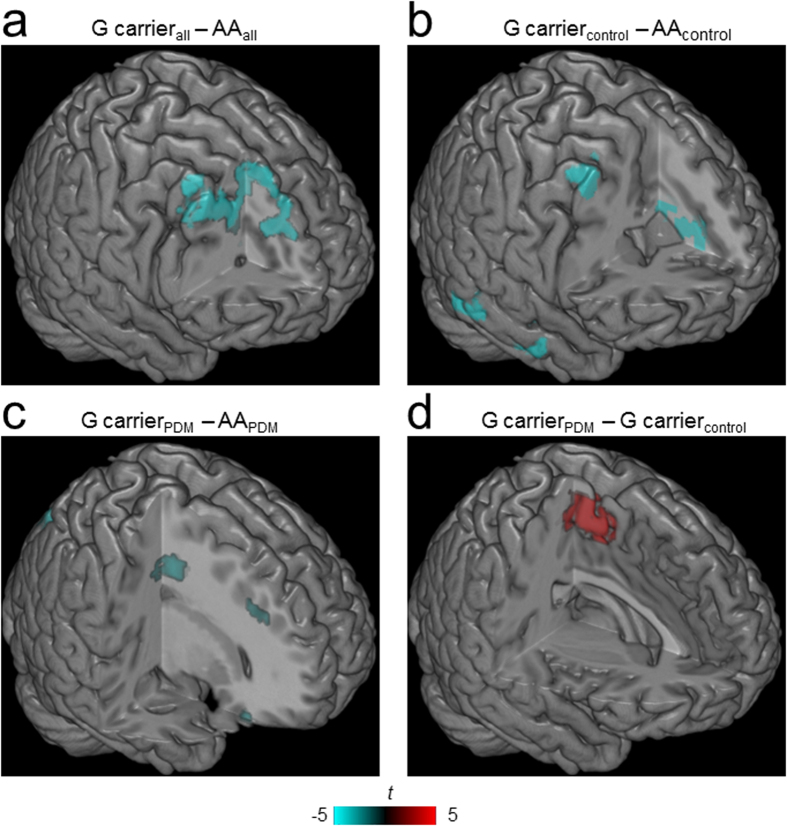Figure 1. The OPRM1 A118G polymorphism is associated with diverse functional expressions of the pain modulatory system during menstruation in primary dysmenorrheic women and controls.
Regions showed significant FC with the PAG of between-genotype (a–c) and between-group (d) comparisons. Each region’s coordinates are listed in Table 4. (a) Overall, G allele carriers exhibited decreased PAG-ACC/mPFC and -dlPFC FC compared with AA homozygotes. (b) In healthy subjects, G allele carriers exhibited decreased PAG-ACC, -dlPFC and -middle temporal gyrus FC compared with AA homozygotes. (c) In PDM subjects, G allele carriers exhibited decreased PAG-ACC/mPFC, -orbitofrontal cortex and -superior parietal lobule FC compared with AA homozygotes. (d) Only among G allele carriers did PDM subjects exhibit increased PAG-supplementary motor area FC compared with the controls. Results in (a,b,d) were thresholded at the uncorrected voxel level p = 0.005, followed by the FWE-corrected cluster level p = 0.05; results in c were thresholded at the uncorrected voxel level p = 0.005, voxels >60. The color bar denotes the t-scores. Figures are displayed according to neurological convention (left = left). FC, functional connectivity; PAG, periaqueductal gray; ACC, anterior cingulate cortex; dlPFC, dorsolateral prefrontal cortex; mPFC, medial prefrontal cortex; PDM, primary dysmenorrhea.

